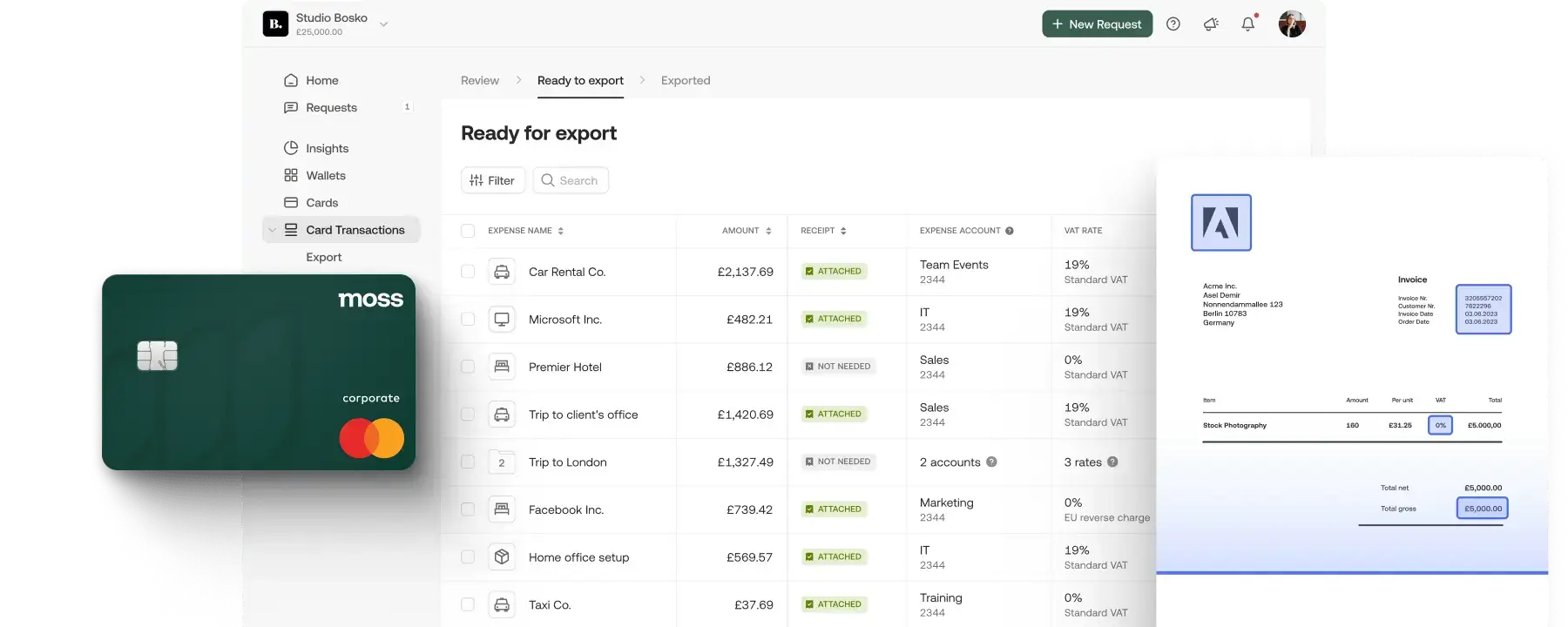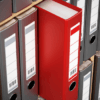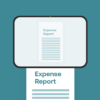With the introduction of new electronic invoicing (e-invoicing) regulations, Germany is ensuring that businesses take the necessary steps to comply. Finance and accounting professionals involved in accounts payable (AP) need to stay informed and be ready to act, as new requirements will come into force at the end of the year.
These regulations are part of the European Union’s (EU) broader mission to establish a unified e-invoicing mandate, which has already been implemented in countries like Spain, Italy, and Portugal. Germany is now transitioning from its post-audit invoicing model to a system that mandates structured e-invoicing for all businesses. This shift is set to begin on 1 January 2025, making e-invoicing the standard for business transactions.
What is e-invoicing?
E-invoicing refers to the electronic transmission of invoices in a structured, computer-readable format. Unlike traditional paper or PDF invoices, which require manual processing, e-invoices can be automatically generated, sent, received, and processed by software systems such as Enterprise Resource Planning (ERP) tools or accounting software.
The key features include:
- Structured data: E-invoices are transmitted in formats like XML or EDI, allowing the data to be read and processed automatically by systems without human intervention.
- Automation: E-invoices integrate with ERP systems, automating the entire invoicing process—from creation and transmission to approval and archiving.
- Compliance: E-invoicing formats are designed to comply with national and international tax regulations, ensuring that the necessary data for VAT and tax reporting is included.
By using e-invoices, businesses can reduce manual errors, speed up invoice processing, and improve compliance with tax authorities. E-invoicing is already widely adopted across Europe and is now becoming mandatory in Germany.
What’s changing for e-invoicing in Germany?
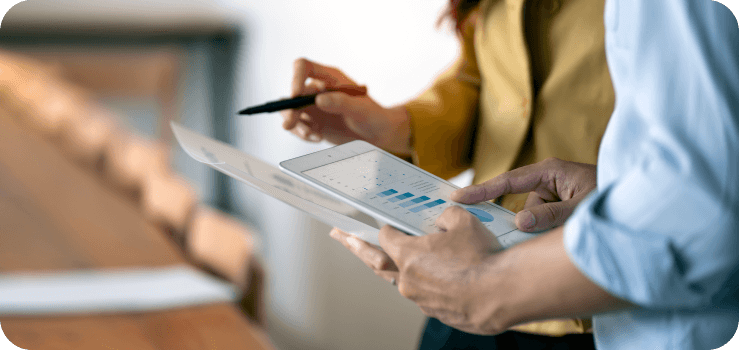
The German government has introduced new e-invoicing regulations to standardise processes, digitalize the economy, and combat tax fraud. These changes, approved in June 2024, mark the beginning of mandatory e-invoicing for businesses from January 2025.
Currently, e-invoicing is only required for business-to-government (B2G) contracts. However, under the new regulations, all businesses in Germany will be required to receive e-invoices in the EN 16931 standard format. This mandate will apply to businesses with a registered office, fixed establishment, or domicile in Germany.
The key changes and deadlines are as follows:
- From 1 January 2025: All businesses must be able to receive e-invoices in a structured format. Receiving invoices via email will suffice, as long as they follow the EN 16931 standard.
- From January 2027: Businesses with a turnover exceeding €800,000 must issue compliant e-invoices.
- By January 2028: All applicable businesses must comply with the e-invoicing mandate.
The EN 16931 standard includes formats such as ZUGFeRD and XRechnung, but other formats are permissible if both parties agree and they are compatible with the standard. To prepare for these changes, businesses need to assess their current ERP and e-invoicing systems to ensure compliance with the new regulations.
These new rules are designed to improve efficiency, enable automation, and make tax fraud detection easier by standardising invoicing processes across the country. Businesses will benefit from a more efficient invoice management process once all of their suppliers, both within Germany and the wider EU, are mandated to receive and eventually send invoices in an electronic format.
Wider European e-invoicing trends

Germany’s shift to mandatory e-invoicing aligns with broader trends across Europe, driven by the EU’s Digital VAT in the Digital Age (ViDA) proposals. Many EU countries, including Italy, Spain, and Poland, are advancing their e-invoicing systems to enhance tax compliance and reduce fraud.
Germany, Europe’s largest economy, has been slower to adopt these measures compared to Italy and Spain, which have implemented advanced e-invoicing systems, such as continuous transaction control (CTC). Under CTC systems, tax authorities verify invoices before they are sent to the recipient, ensuring compliance in real time.
Countries like Italy and Turkey have successfully implemented these systems, with Italy recovering between €3 and €6 billion in additional VAT revenue during the first year of adoption. While some countries, like France and Poland, have faced delays due to technical challenges, the movement towards mandatory e-invoicing across Europe is gaining momentum.
Combating tax fraud through e-invoicing

E-invoicing has proven to be an effective tool for combating tax fraud, particularly in countries like Italy, which has been a frontrunner in adopting CTC systems. Italy’s e-invoicing model requires businesses to send invoices to a tax authority portal before they reach the recipient. This allows tax authorities to verify, register, and archive each invoice, ensuring compliance before the invoice is issued.
In contrast, Germany has historically operated under a post-audit model, where invoices are sent directly to the recipient and VAT is reported later to tax authorities. With the adoption of e-invoicing, Germany is moving towards a more robust system that will improve tax compliance, reduce fraud, and ensure that invoices are processed in real time.
The transition to e-invoicing offers a range of benefits for businesses, particularly as they adapt to new regulations aimed at increasing transparency and preventing fraud.
Benefits of e-invoicing over conventional methods
E-invoicing removes many of the frustrations that come with traditional invoicing methods, whether using paper or plain PDFs.
Key benefits include:
- Faster preparation and resource efficiency: E-invoices eliminate the manual work involved in invoice preparation, such as entering data from paper or PDF formats. Since XML files are structured, they don’t require error-prone data extraction or optical character recognition (OCR) tools.
- Improved accuracy and security: Automated data entry reduces the risk of costly human errors and fraud, while digital storage enhances security and traceability.
- Real-time tracking and reporting: E-invoicing provides instant, up-to-date insights into invoice status, improving cash flow management, compliance, and ensuring smoother month-end reporting.
- Simplified storage and sustainability: E-invoices replace cumbersome, hard-to-track paper or PDF records, reducing your business’s environmental footprint.
In short, e-invoicing not only automates and streamlines invoice preparation and data extraction, but also eliminates some of the most common frustrations in the AP workflow. Your business will benefit from real-time visibility, increased efficiency, and long-term compliance advantages, particularly with CTC. Digital receipts offer many of the same advantages over conventional paper receipts, and are gradually becoming more common among retailers.
Responding to e-invoicing changes
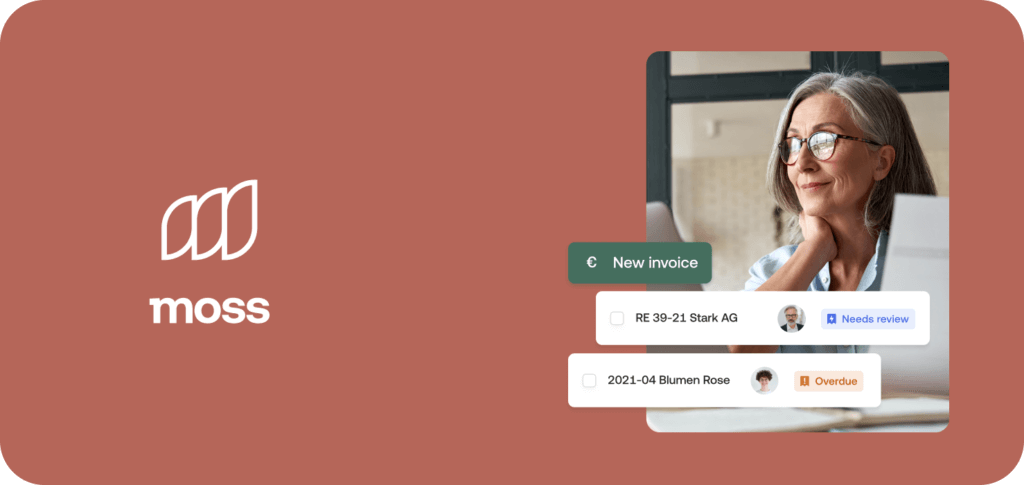
As Germany moves towards mandatory e-invoicing, it’s best to take proactive steps now to ensure you’re ready. Key obligations include:
- Using a standardised format like ZUGFeRD or X-Rechnung for e-invoicing.
- Ensuring you can transmit e-invoices based on the receiver’s requirements.
- Archiving all e-invoices for 10 years to comply with regulatory standards.
To prepare for the January 2025 mandate, you could start by conducting a needs analysis, selecting the right technology, and ensuring comprehensive training and testing. Whether you choose to implement a more sophisticated File Transfer Protocol (FTP) system or continue using email (allowed for now), acting early really is key.
A platform like Moss makes this transition as smooth as possible. Our automated spend management platform streamlines the entire AP workflow—from invoice capture to payment—while ensuring you’re fully equipped to comply with the new e-invoicing rules. Moss will support both ZUGFeRD and X-Rechnung, and offer 1-click exports to seamlessly integrate with your accounting software, making month-end closing worry-free.
FAQs
The new German e-invoicing mandate will be implemented on 1 January 2025, making it mandatory for all businesses to be able to receive e-invoices. Additional changes will be rolled out until 2028, by which time all businesses must issue compliant e-invoices.
Germany is adopting these regulations to improve the efficiency of invoicing processes and fulfil its obligations under EU anti-tax fraud measures, aligning with the EU’s broader push for digitalization.
A transition period will allow companies to issue paper invoices or other formats until the end of 2026. During this period, if the invoice recipient agrees, these formats can be used for sales made between 31 December 2024 and 1 January 2027.
Failure to comply could lead to reputational damage, potential loss of business, and delays in tax reporting. Additionally, you’ll miss out on the efficiency and cost-saving benefits of automated invoicing. Non-compliance may also result in fines of up to €5,000 per invoice.
To prepare for the new regulations, you should assess your current invoicing systems, ensure compatibility with ZUGFeRD and X-Rechnung, and plan for the transition early. Using an automated platform like Moss completely digitalises your AP and ensures compliance by supporting e-invoice formats, and integrating with your existing accounting systems.

